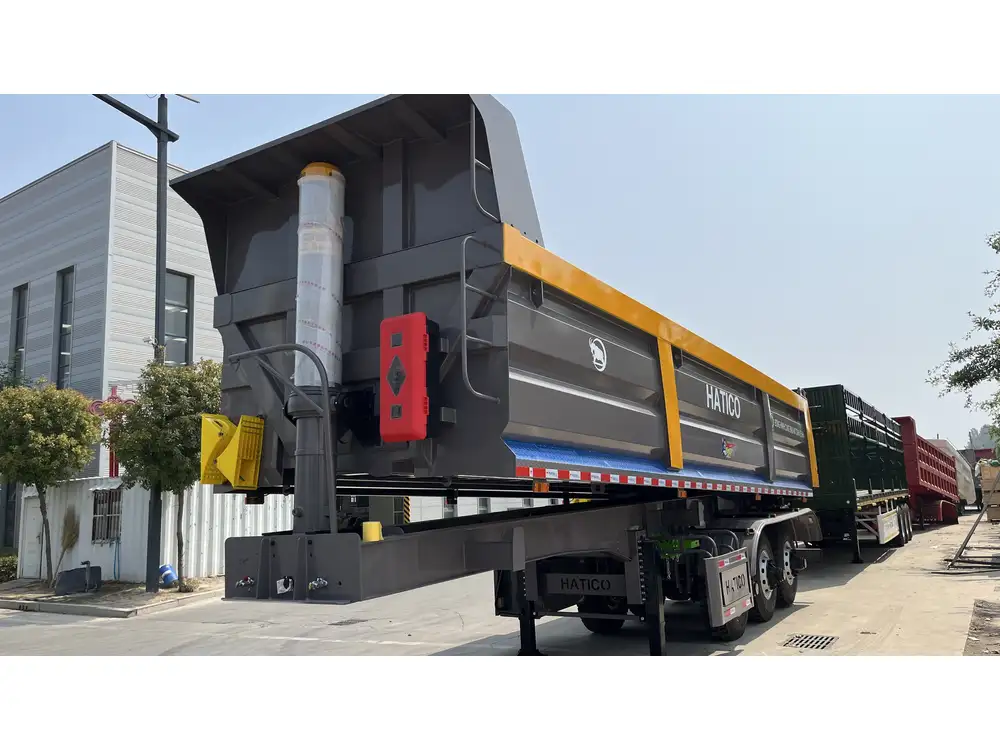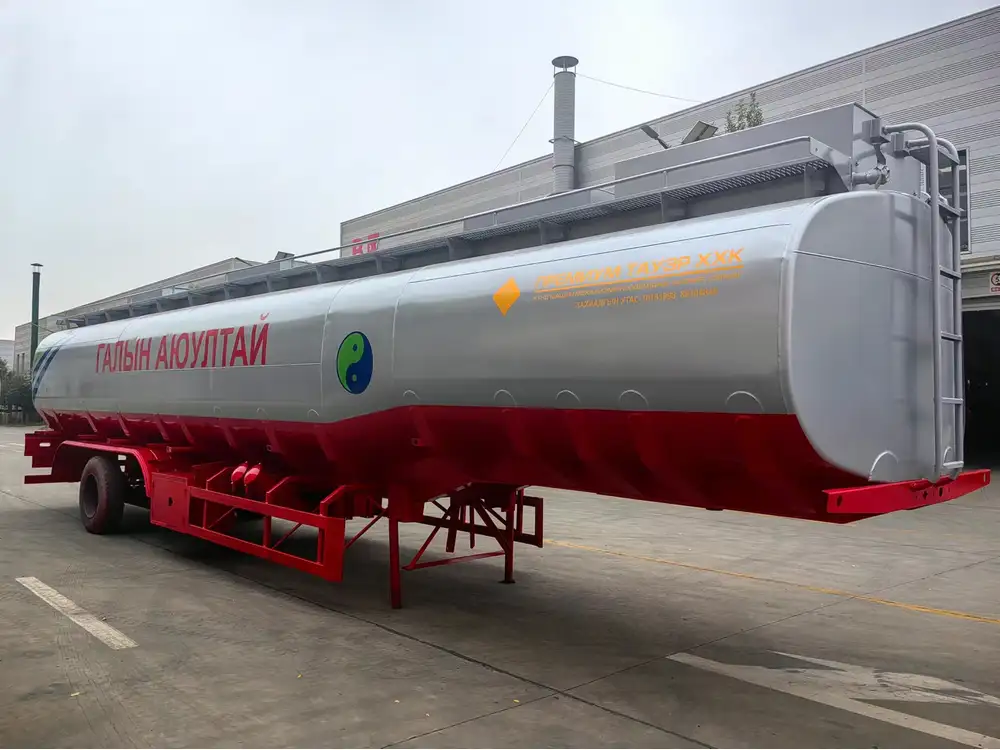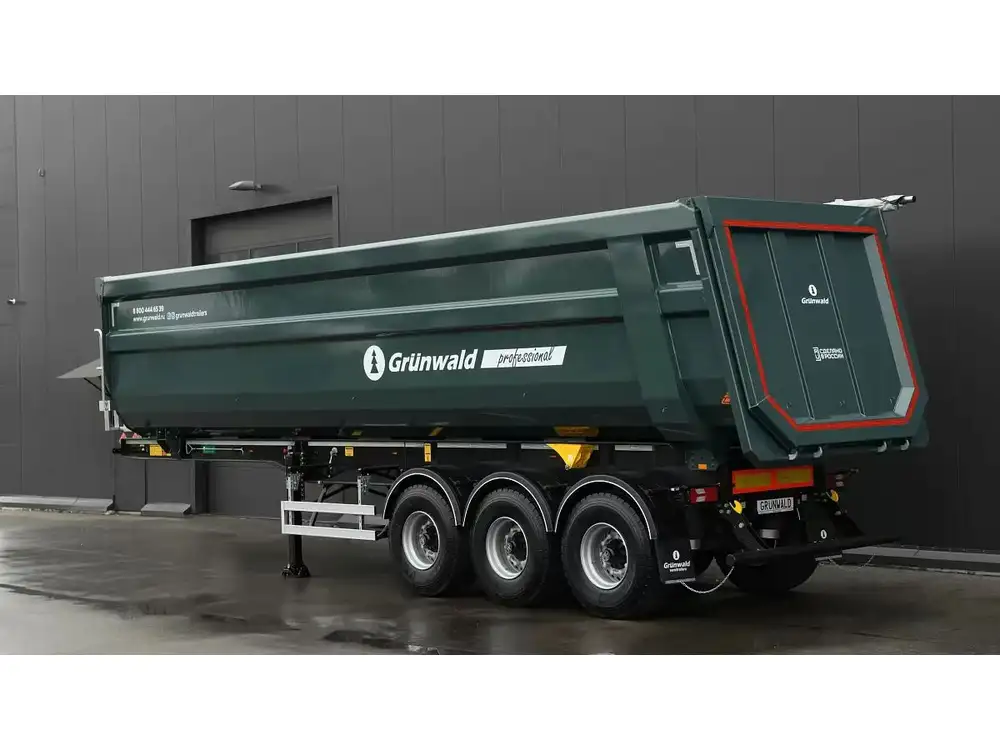Drawing a semi truck with a trailer can be both a fulfilling artistic endeavor and a functional skill for those interested in vehicles or transportation equipment. Whether you’re a beginner artist looking to enhance your drawing technique or an enthusiast keen on capturing the intricate details of these powerful machines, this guide offers a structured approach to help you achieve impressive results. Our goal is not just to illustrate a truck but to explore the nuances of its design and functionality, bringing your sketches to life.
Understanding the Structure of a Semi Truck
Before diving into the actual drawing process, it’s essential to grasp the fundamental components of a semi truck and trailer. This understanding will guide you in creating a proportionate and realistic depiction.
Key Components
- Cab: The front part of the truck where the driver sits. It often features large windows.
- Chassis: The frame that supports the truck, providing strength and durability.
- Wheels: Typically, semi trucks have a total of 18 wheels, comprising 10 on the truck and 8 on the trailer.
- Trailer: The part of the truck that carries the cargo. It can vary in length and design depending on its purpose.
- Fifth Wheel: The coupling device that connects the truck to the trailer.
- Cargo: What the trailer carries, which can include anything from containers to livestock.

Visual Reference
Create a simple labeled sketch of a semi truck, highlighting each component listed above. Visual aids can dramatically enhance understanding, especially for visual learners.
Step-by-Step Guide to Drawing a Semi Truck with Trailer
This section breaks down the drawing process into manageable steps, ensuring that even novice artists can follow along.
Step 1: Sketch the Basic Shapes
Start with light pencil strokes to outline the basic shapes of the truck and trailer. Use geometric forms to get the proportions right.
| Component | Shape |
|---|---|
| Cab | Rectangle |
| Chassis | Long Rectangle |
| Wheels | Circles |
| Trailer | Rectangle |

Step 2: Define the Outline
Once happy with the basic shapes, refine the outline. Add details such as the roof of the cab and the connection points where the chassis meets the trailer.
Step 3: Add Wheels and Axles
Draw the wheels, ensuring they are proportionate and evenly spaced. Note the intricacies of truck wheels; they are often depicted with dual tires at the rear axles. Tip: Use a compass to achieve perfect circles.
Step 4: Detailed Features
Add features to enrich your drawing. Consider the following:
- Windows: Make them slightly tinted.
- Grille: This is often a central design element. Experiment with vertical bars or mesh designs.
- Lights: Front headlights and indicator lights can be added as small circles or rectangles.

Step 5: Drawing the Trailer
When detailing the trailer, consider the cargo type it carries. Add features such as doors, reflective striping, or even cargo nets.
Step 6: Finalize the Drawing
Go over your outlines with a darker pencil, or ink your drawing if preferred. Erase any remaining sketch lines. This step transforms your drawing into a clean finished product.
Adding Depth through Shading and Texture
Shading is crucial to giving your drawing a three-dimensional appearance. Here are some techniques to enhance your work:

Techniques for Shading
- Hatching: Use parallel lines to create shadow effects.
- Cross-Hatching: Intersecting lines allow for deeper shadows.
- Blending: Use a blending stump or your finger to smooth out and create gradient effects.
Highlight Essential Elements
Highlight areas where light would naturally hit the truck, such as the cab’s roof or the front bumper. Consider the time of day you envision your truck in; this can affect your shading dramatically. A midday sun will create sharp shadows, while dusk or dawn will produce softer, elongated shadows.
Color Techniques for Semi Trucks
If you wish to colorize your drawing, understanding color theory can bring your semi truck to life.

Choosing Colors
For a realistic representation, consider common color schemes:
- Tractor Units: Often seen in bold colors (red, blue, yellow) for visibility.
- Trailers: Typically neutral or branded colors, white and silver are common.
Techniques for Coloring
- Watercolor: Soft washes can create a nice gradient effect.
- Colored Pencils: Layering colors can add depth and realism.
- Markers: These provide bold, vibrant colors but may require a more steady hand.
Reviewing Common Mistakes
When drawing a semi truck with a trailer, it’s easy to overlook certain details. Here are common pitfalls to avoid:
| Mistake | Solution |
|---|---|
| Incorrect Proportions | Measure components based on reference images. |
| Overly Complicated Details | Simplify by focusing on key features initially. |
| Inconsistent Style | Maintain the same drawing style throughout for cohesion. |

The Impact of Context on Drawing
Understanding the context in which your semi truck operates can influence its design and features. Different environments may require different detailing techniques.
Contextual Examples
- Urban Setting: Trucks may feature logos, vibrant colors, and graffiti if commonly associated with delivery services.
- Rural Setting: Trucks might appear rustic, with dirt and wear, representing their use on less maintained roads.
Inspiration from the Greats
Learning from established artists and their techniques can provide valuable insight. Consider researching renowned vehicle illustrators or automotive designers. Study their approach to form, line, and shading, and try to incorporate their techniques into your work.

Conclusion
Drawing a semi truck with a trailer can be daunting, but with careful attention to detail and a structured approach, it becomes an exciting challenge. By understanding the essential components, practicing each step, exploring color and shading techniques, and avoiding common mistakes, you can create impressive illustrations that capture the essence of these magnificent vehicles.
Whether you’re drawing for personal satisfaction or seeking to share your artwork with a wider audience, recognize that practice and patience are key. Over time, your skills will improve, and your sketches will increasingly reflect the realism and grandeur associated with semi trucks towing their trailers down the highway.
May your artistic journey be fueled by creativity and passion, leading you to master the craft of drawing semi trucks like a seasoned professional. Happy drawing!



